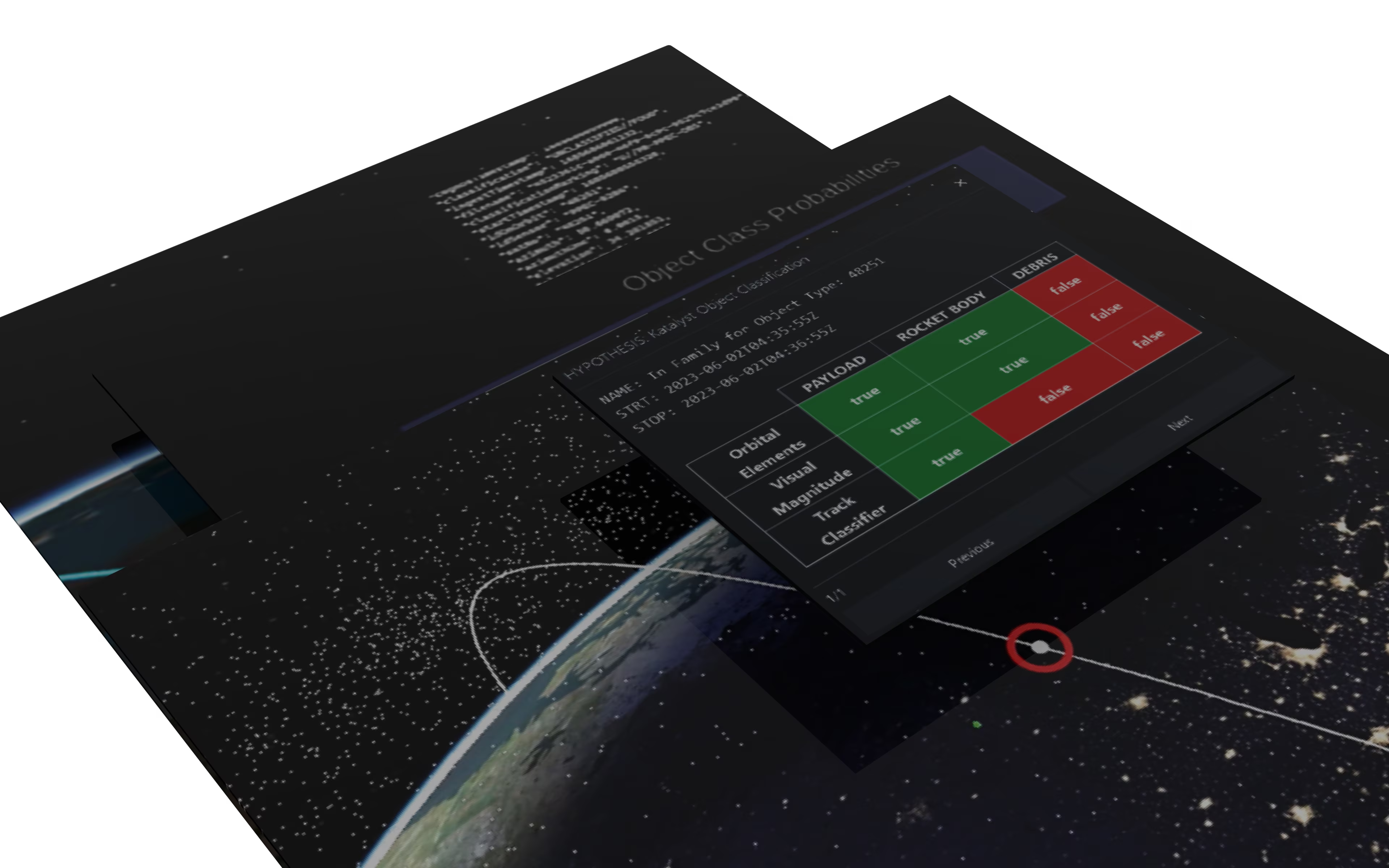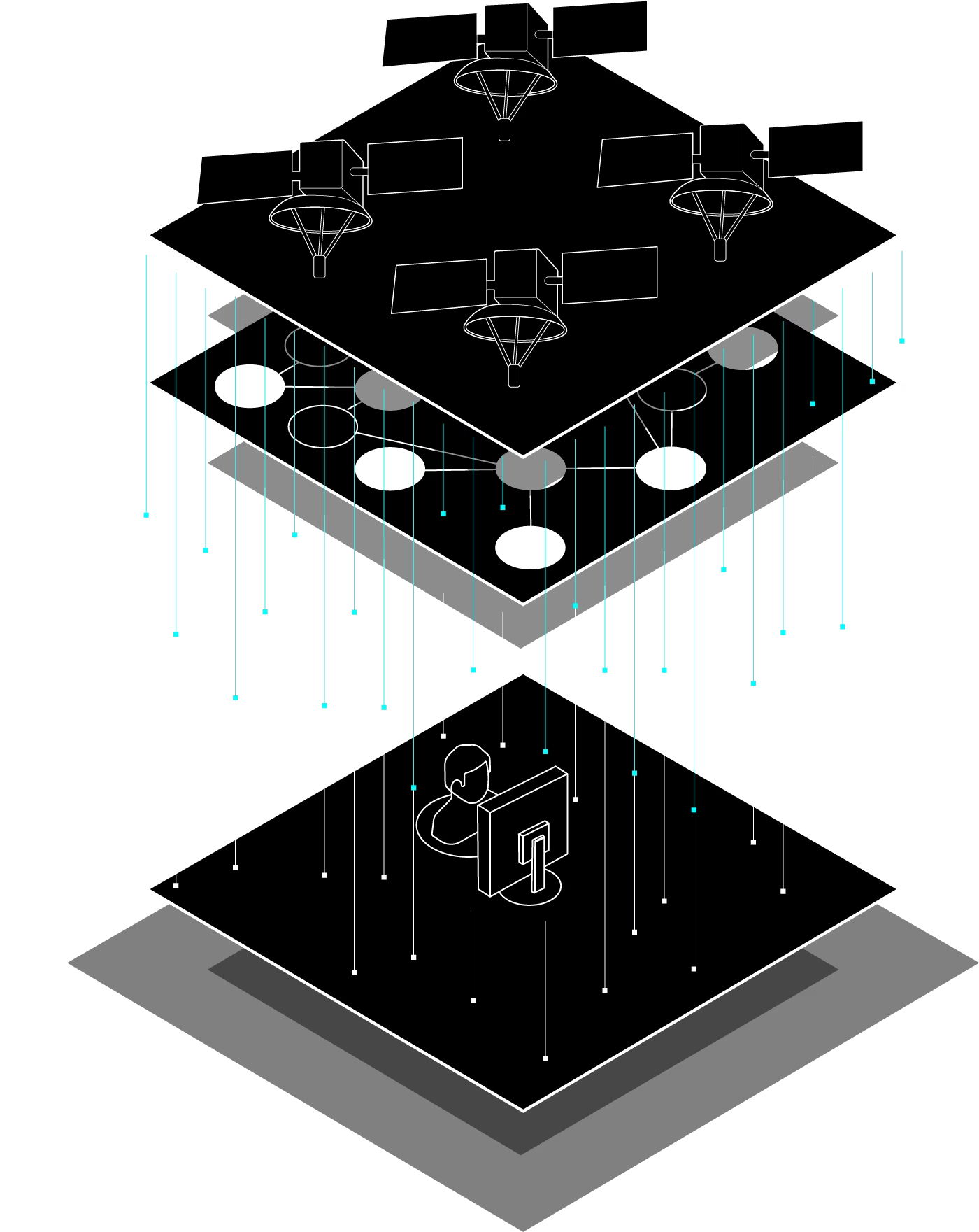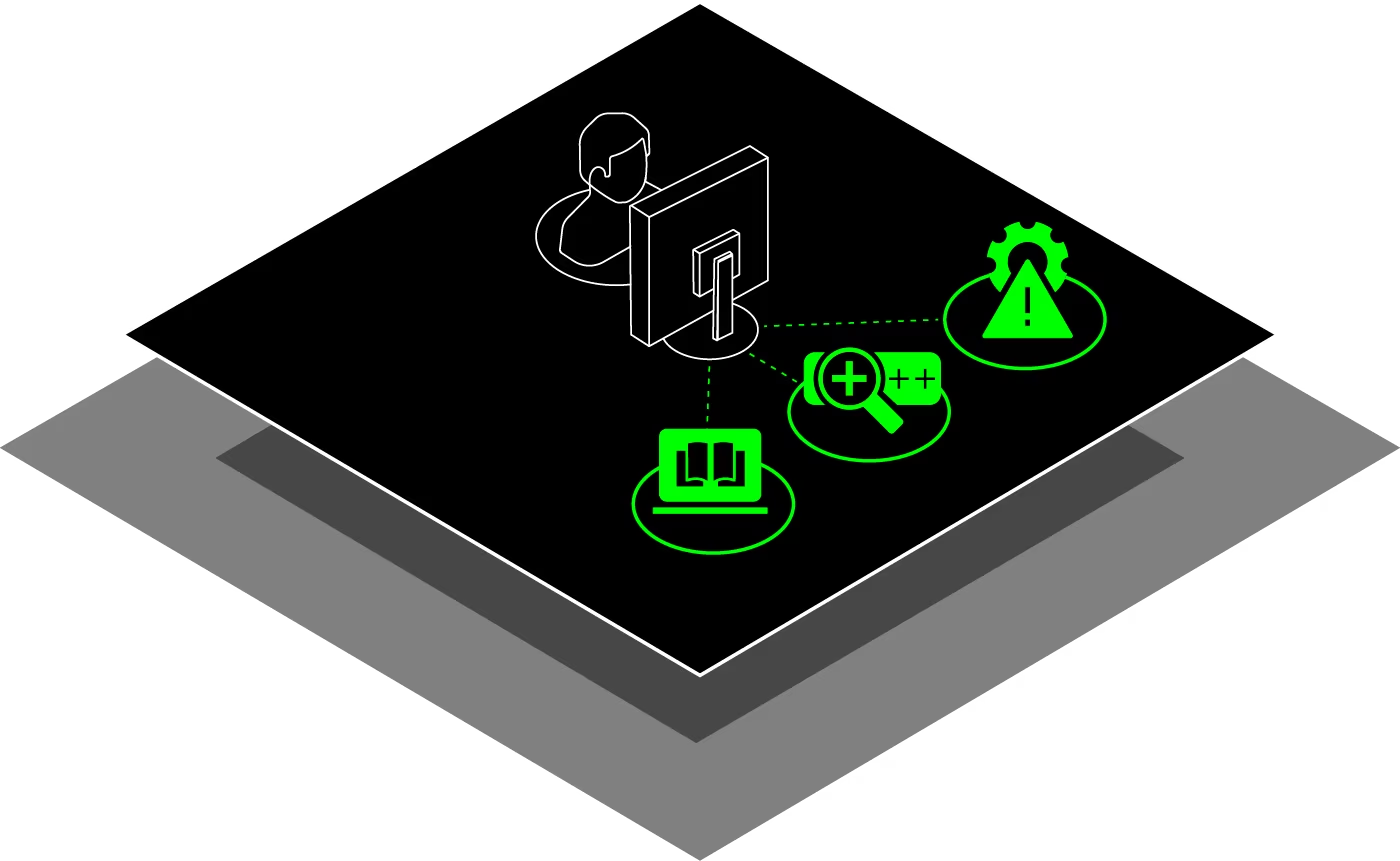Accelerate data processing for space operations
ARC uses machine learning (ML) to process large volumes of photometric and astrometric data to generate actionable insights that improve mission
Learn More
Analysts are overwhelmed by large volumes of unprocessed data
Space is more congested and contested than ever before. The number of resident space objects (RSOs) and the volume of raw optical sensor data is increasing exponentially. Meanwhile, our ability to process all of this data is falling behind.


ARC is an analytics toolbox that processes large volumes of data quickly with machine learning
ARC processes large volumes of data and surfaces high priority insights to human analysts. Through applied machine learning, ARC can surface insights from existing datasets that may otherwise go undetected.
What you can do with ARC
ARC's algorithms detect patterns in data and behavior that can be used to classify objects or alert human analysts to suspicious maneuvers.


Classify objects
ARC accurately characterizes rsos as active payloads, inactive payloads, or debris

Detect anomalies
Algorithms can detect behavior outside the pattern of life for high priority objects

Respond to alerts
ARC surfaces key insights via alerts, so that operators can prioritize downstream operations
Customize your ARC package to your needs
Unlike closed protocol alternatives, the ARC software suite can be configured for your use case and integrated with existing systems. We believe in flexibility, not vendor lock.

A la carte capabilities
ARC accurately characterizes rsos as active payloads, inactive payloads, or debris

Pair it with other tools
Algorithms can detect behavior outside the pattern of life for high priority objects

Bring your own data
ARC surfaces key insights via alerts, so that operators can prioritize downstream operations

Join the mission
Are you passionate about building a more accessible and sustainable economy in space? Katalyst Space Technologies is the only company designing a complete solution for upgrades in space. You can reach out to partner with Katalyst or join our team.


